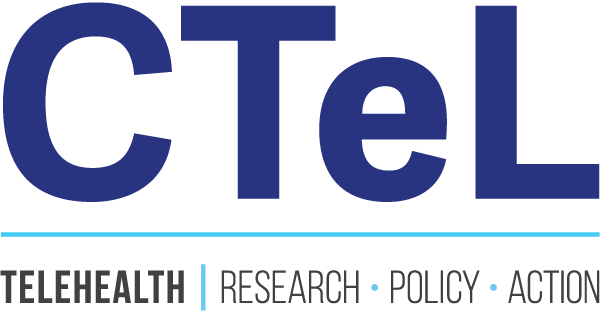Digital Health Roundup: Telehealth Successes & Innovations
Telehealth Effective in Treating Problem Betting, Says Kindbridge
Kindbridge, a Tennessee-based mental health provider, has released a report highlighting the effectiveness of telehealth services in treating gambling disorders. The report reveals that many individuals suffering from compulsive betting also experience severe mental health issues, such as major depression and obsessive-compulsive behavior, with men being particularly vulnerable. Over a 12-week telehealth treatment program, participants showed significant improvements, including a 65.2% reduction in depressive symptoms and a 76.5% drop in anxiety related to gambling. The success of the treatment surpassed industry benchmarks, indicating telehealth's potential as a powerful tool for addressing the psychological impacts of problem betting.
The report also sheds light on the readiness of bettors to seek help, with a notable percentage of clients being highly motivated to engage in treatment, often due to self-exclusion programs offered by betting platforms like BetMGM and DraftKings. Kindbridge's findings underscore that major depression and obsessive-compulsive disorder are the primary comorbidities associated with problem betting, surpassing alcohol and tobacco use. The study concludes that telehealth can significantly improve mental health outcomes for those struggling with gambling disorders, emphasizing the need for continued support and resources to maintain recovery and improve the quality of life for affected individuals. Read more.
Deploying telehealth for equitable hypertension management
The Massachusetts Department of Public Health (MDPH) implemented a telehealth-based Self-Monitoring Blood Pressure (SMBP) program to manage hypertension among underserved populations, including racial and ethnic minorities, low-income individuals, and immigrants. The program, deployed in five federally qualified health centers (FQHCs), aimed to address barriers to hypertension care exacerbated by social determinants of health (SDOH) like poverty, racism, and lack of access to technology. Patients were provided with free blood pressure cuffs and educated on their use during in-person visits, followed by telehealth consultations with non-physician team members. The program emphasized health equity by tailoring implementation strategies to the specific needs of the FQHCs’ patient populations, ultimately leading to significant improvements in blood pressure control.
The telehealth-based SMBP program faced challenges, including technology infrastructure issues, high staff turnover, and the need for equitable distribution of BP cuffs. Despite these hurdles, the program demonstrated success, with over half of the participants achieving a reduction in blood pressure. The study found that the holistic, equity-focused implementation of telehealth can effectively reach marginalized populations, with improvements observed across different races, ethnicities, and languages. The program also highlighted the critical role of community health workers in connecting with underserved groups, further supporting the effectiveness of telehealth in managing chronic diseases like hypertension in low-resource settings. Read more.
GAO Urges Better Goals, Assessments for VHA ATLAS Telehealth Program
The Government Accountability Office (GAO) has issued a report urging the Veterans Health Administration (VHA) to establish clearer performance goals and assessment methods for its Accessing Telehealth at Local Area Stations (ATLAS) program. Launched in 2019, the ATLAS program aims to provide veterans lacking internet access with private locations equipped with high-speed internet to access telehealth services. However, the program has faced challenges, with 14 out of the 24 ATLAS locations receiving no patient visits during 2022-2023. The GAO highlighted the need for VHA to implement measurable goals, collect relevant performance data, and use this data to evaluate the program’s effectiveness and inform decisions to enhance telehealth service utilization and awareness at ATLAS sites.
The GAO recommended that VHA adopt practices consistent with GAO’s leading performance measurement strategies to assess the program's efficiency and determine if adjustments are needed to address low usage at certain sites. While VHA has developed standards to monitor the quality of its broader telehealth programs—credited with improving service quality—the GAO emphasized the importance of applying similar rigor to the ATLAS program. VHA has agreed with the GAO's recommendations and outlined planned actions to address these concerns, aiming to improve the program's impact and reach among veterans. Read more.
What’s happening in Digital Health this week?
Grab your coffee (or tea, we like both too) and take a deep dive into what’s happening in our market this week.
Digital health startup iLoF leverages AI and photonics platform to accelerate personalized drug development
iLoF, a British digital health startup, uses AI and photonics technology to create a less invasive method for screening clinical trial participants, aiming to accelerate personalized drug development and reduce costs. By leveraging optical fingerprints and building a digital library of biomarkers, iLoF enhances the efficiency of clinical trials, particularly in complex diseases like Alzheimer’s, and is expanding its reach through partnerships and participation in programs like Luminate NY. Read more.
